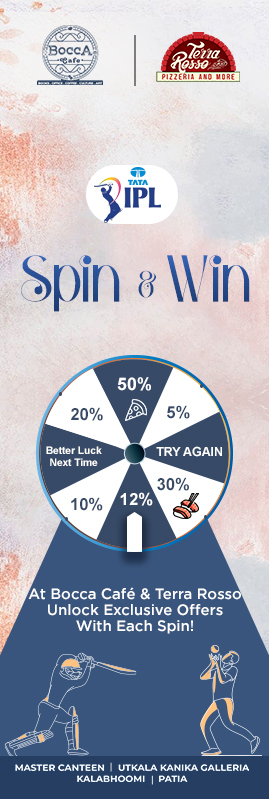Lithography, The Story Of A Lost Art At Lalit Kala Akademi!
Invented in 1798, stone lithography was the first printmaking technique that allowed an artist to create prints that could rival an original painting in terms of detail, mood and colour variations. It was extremely popular in the early 1800s. People used stone lithography to create colour art for books, as well as for more pedestrian things like labels, flyers and posters.
Though modern methods have replaced majority of its uses, it is still practised by some artists and studios. “The roots of lithography can be traced to Germany, where it was used for printing books and documents. The English brought the printing technology to India and set up studios in Goa and the erstwhile Madras and Calcutta,” says Ramakrisna Vedala, regional secretary of Lalit Kala Akademi, Bhubaneswar.
With lithography, an artist could achieve dramatic effects like those produced with charcoal or black chalk or fugitive effects of weather or light. “It helped evoke the world of dreams and unconscious as was evident in the movie posters made before the 1960s. The black and white posters of Raj Kapoor and Nargis stirred emotions,” recalls Vedala.

The demand for single edition has dwarfed this technique of producing multiple copies of a piece of art. “Surinder Chadda was among the few artists, who showed a lot of sincerity and devotion to the printmaking genre. He experimented with lithography while working at the Garhi studio in New Delhi,” he says.
However, the department in the city is a sleeper unit. “Etching and wood cutting are preferred over lithography, which is laborious and needs skilled hands. I have sent a budget to Delhi for repairing the machine and camps will soon be conducted to promote lithoggraphy,” adds Vedala.
The limited edition limestone is the biggest impediment in popularising the technique. “These stones were brought to India from Bavaria. The industry took a blow during WWI because the quarry in Bavaria was bombed. The lithographers turned to zinc plates after the war,” informs artist Jagannath Mohapatra, who continues to work on this medium.

He has created litho prints for renowned painters like Jatin Das, Bhupen Thakkar, K G Subramanian and Rini Dhumal.
Mohapatra rues lack of experts in this field of printmaking and its dwindling fate. “It is all sweat as lifting those heavy stones and grinding them to get a flat surface is not easy. Lithography involves grinding the stone, the etching and the ink rolling process, the use of chemicals and water and the printing methodology. The process is both strenuous and time-consuming,” he points out.
Mohapatra was introduced to lithography while studying art at Shantiniketan and got glued to it. “It is a very interesting medium. The machine and chemicals excite me. The final result as the ink is transferred onto the paper is nothing less than magic. The grains make the print all so special,” says this native of Bhadrak, currently settled in Baroda.

Mohapatra wants to promote the medium in his home state. “It is 99% manual work. An artist directly puts his emotions on the stone with crayons. Over the years, experiments in lithography have ceased and the loyalty shifted to new modern techniques,” he adds.

More camps and seminars can help revive this age-old technique, which he feels is still relevant in today’s world.
With exclusivity being the order of the day, this technique of producing multi pieces of an art may not be in the reckoning, but nonetheless it still features in the curriculum of B K College of Art and Crafts in the city. “The smoothness of the print is what sets lithography apart from other techniques of printmaking. Students are keen to learn the technique and use it is their work of art,” informs Gajendra Prasad Sahu, head of the printmaking unit of the college.



